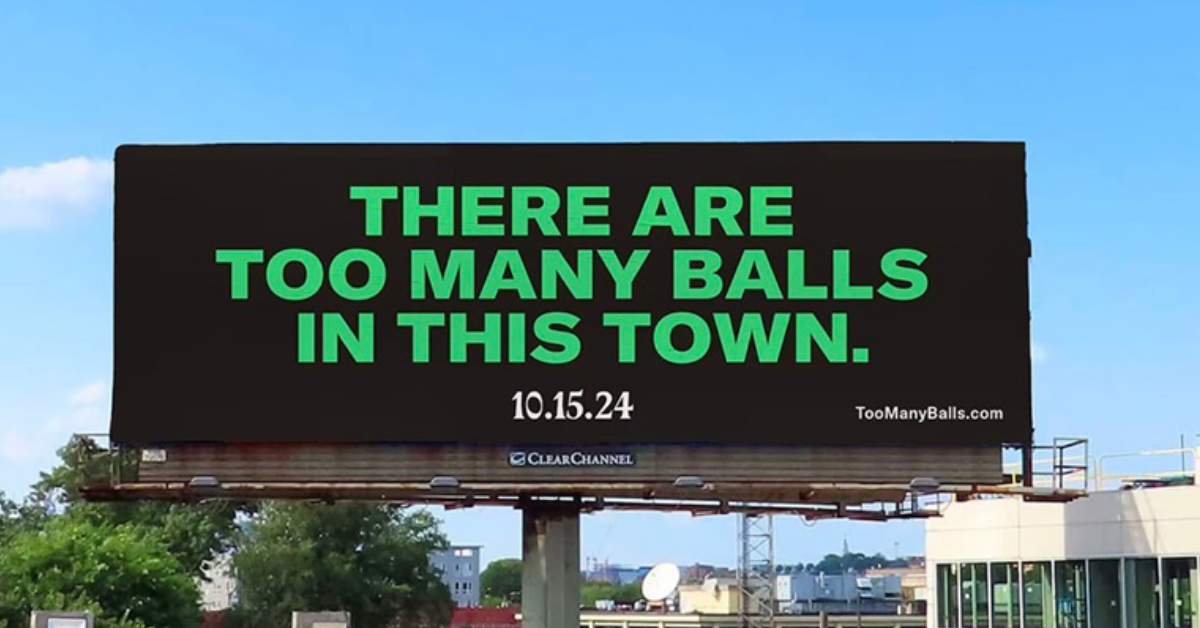If death and taxes are life’s unfortunate inevitabilities, an algorithm change at Facebook is perhaps the parallel for us marketers. It’s not a matter of whether it will happen, but when. And our challenge is to interpret what it means and how best to tackle it.
The New Year has introduced the latest change, one fueled by Mark Zuckerberg’s directive to help users “find relevant content to helping you have more meaningful social interactions.” Whether you buy this altruism or view it merely as a way to boost the company’s $27 billion annual revenue and booming stock price, the reality is that it is and will have a major impact on brands.
The primary takeaways? Quality matters. Relevance matters. They always have. But far too many brands have skirted this. They’ve become lazy, sacrificing quality for meme- and gif-based, headline-laced posts, flooding feeds with bland, irrelevant content that doesn’t necessarily reflect the brand or its personality – or provide much value to the audience. If that’s your brand, if “engagement bait” was your strategy, it’s time to reevaluate. Facebook’s latest algorithm is written with intelligence that identifies these approaches, penalizing posts and brands that share content without any regard for the audience.
This change, in some ways, grounds Facebook in its origins as a place for people (and brands) to connect on a one-to-one basis. To surprise and delight. To ask questions. To engage audiences. To advise and recommend. To emphasize creative development as a two-way conversation. To become a resource, not merely another place to peddle wares. To provide an authentic peek behind the brand – and not be afraid of that peeling paint in the corner of the dining room during your dinner party, because that’s who you really are.
Will brands be able to compete with friends and family and their treasured moments? Probably not. But those brands that can find a way to really add value to people’s lives, that develop a strategy and related content that affirm that, will find success. One thing we like to ask our clients: “If your social channels went away, would anyone care?” If the answer is yes, then you’re probably on a solid path, and these new changes require more tweaks than foundational changes. If not, now’s the time to reevaluate.
Here are a few other nuggets to digest:
Organic reach. Organic reach may not be dead, but it can’t be the only path to reach audiences. It’s no secret that organic nose-dived a couple years ago, and a slow, steady decline has continued. Brands are going to have to spend more in order to drive the same number of views. But it’s not as simple as just boosting. Posts that generate less organic reach are going to be impacted negatively during any auction. This, again, puts an emphasis on content quality. Great content will become more valuable than ever – the only path left to emerge from the clutter.
Paid social. Some think the next logical step will be to just pump more money into paid that helps you reach the right amount of people. They’ll focus tactically on how to offset inflated rates of sponsored ads and add a healthy dose of retargeting. The creative teams will be tasked with digging deeper to deliver more compelling ads. And while all that may be part of a necessary strategy simply spending more money on ads that reach more people is not the panacea, in part because reach is not the Holy Grail. Engagement is equally important and for that smart brands will find new approaches both within Facebook and beyond the platform altogether.
Expanded reach. This is a further reminder that Facebook isn’t the only destination to reach your audiences with great storytelling. Rather, it should be one avenue in a digital ecosystem that includes your site and social channels (Instagram, Twitter, LinkedIn, Snapchat, etc.), and amplification via paid, email, etc. The key is defining specific strategies by channel that create one cohesive and well-balanced digital presence that communicates your story in the right way on the right channel at the right time and in front of the right people.
Influencers. Speaking of people, this re-focus on posts from friends and family reinforces what we’ve always believed, and what we constantly recommend for our clients. Influencers are a critical part of a social media (if not any marketing) program. Haven’t they always been, anyway? A recommendation from a friend, relative or trusted advisor is gold. And influencers represent something of a quasi-validation for brands. Whether major (and uber-expensive) celebs, or a fitness enthusiast with a modest following – what they have are followers who trust them engage with them and look to them for insight and recommendations. These influencers can make your brand seem cool and worth buying. They can build credibility and trust. They can put you right in front of an extended target audience. So if your brand is going to show up less, natively, in news feeds combat that by having your brand show up more frequently in feeds via the friends, family and trusted resources that can move the needle for you. That said, and this can’t be reinforced enough: quality matters. Lazy approaches to influencers won’t succeed. Brands must find interesting ways for influencers to convey their stories.
Advocacy marketing is an extension of this, and we’ve seen success by mixing paid support with quality WOM content amplification. Platforms like SocialToaster turn users (fans) into brand advocates by incentivizing them to share relevant content with friends and family. What begins in a paid environment ultimately drives organic reach to friends and family, increasing opportunities for success.
For brands that view Facebook, and social media in general, as a great way to communicate with customers, this may be somewhat of a welcome change. Yes, there are pitfalls to navigate. But this emphasizes the strategic approach that’s always been fundamental. And reinforces that engagement (which comes with valuable content) is far more important than reach.
For those brands that haven’t, now’s the time to revisit your strategy (or make sure you have one) and ensure that it’s grounded in your brand, reflects authenticity and provides the type of value that would make your channels sorely missed if they ever went away.




